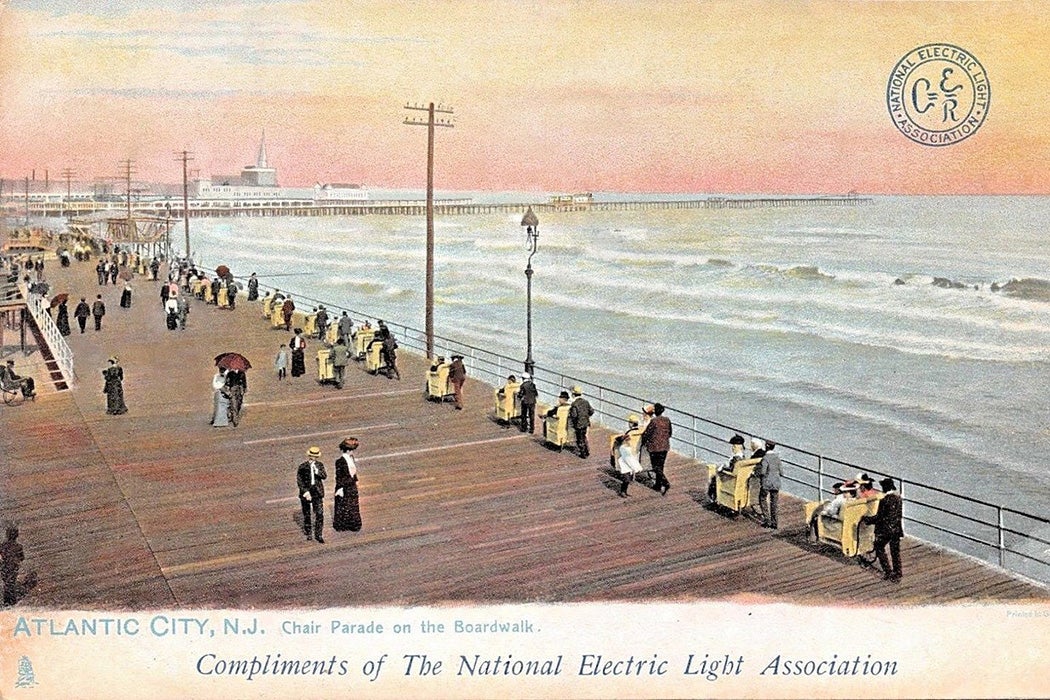Science itself is the best weapon of the enemies of science. The uncertainty that is necessary and intrinsic to scientific inquiry, writes historian of science Naomi Oreskes, “creates the vulnerabilities that interested parties may exploit.”
For the tobacco and fossil fuel companies, “doubt-mongering” and the exploitation of uncertainty have been very successful strategies indeed. Tobacco companies delayed regulation for decades. Fossil fuel companies, in full knowledge of the facts of carbon’s atmospheric-warming effects, stymied action on climate change. The makers of asbestos, ozone, lead paint, pesticides, pharmaceuticals, et cetera, have all used such strategies to maintain profits, despite the number of people harmed by those industries.
Some have called this the deployment of “willful ignorance.” Oreskes and others argue that such strategies are “conscious, deliberate, and organized.” For, as Oreskes stresses, uncertainty doesn’t need to be manufactured by for-hire amoralists at public relations firms.
“The complexity of science and the inescapable uncertainties surrounding scientific claims offer a rich landscape of opportunities to challenge science,” she writes. And owning up to those uncertainties is a necessity. “Being honest about uncertainties—discussing the sources of error and ambiguity in experiments and prodding errors bars on one’s measurements—is an essential element of scientific integrity.”
The trouble is, being honest about uncertainty can open the door to doubt. “The genius of the tobacco industry (if we may call it that),” writes Oreskes, “was to use uncertainty to create doubts and thereby undermine knowledge claims.” Big Tobacco is credited for pioneering the “use of science against itself” and in “flipping science on its head to produce ignorance rather than knowledge.”
Oreskes, who coauthored Merchants of Doubt: How a Handful of Scientists Obscured the Truth on Issues from Tobacco Smoke to Global Warming, examines an even earlier model, noting that “the campaign by the US electricity industry to undermine support for public generation of electric, by claiming (counter-factually) that it was not cost-effective and that it would undermine the American way of life.”
The US developed electrical generation rapidly, but because there was no profit in supplying rural users, the early American grid was lopsidedly urban through the 1920s. In 1923, for example, 90 percent of Pennsylvania’s rural residences were still without electricity while its cities were as bright as the Jazz Age. In Europe, meanwhile, electricity was seen as a public good and serious state efforts were made to electrify the countryside.
Centers of financial corruption, speculative bubbles, and “substantial investor losses,” the large holding companies that controlled electric generation had a pretty bad rep in the early 1920s. That’s when Pennsylvania pioneered the idea of “Giant Power,” state-regulated electricity for all, versus “Super Power,” privately owned electricity for “the benefits only of some.” As with health care later, Canada provided a model: Ontario’s provincial government brought electricity to all its citizens at lower cost than privately generated power.
The for-profit electrical industry fought back by challenging the empirical fact that public electricity was cheaper and by arguing that state-owned electricity was socialistic. (Pennsylvania’s plan wasn’t for state ownership but state regulation.) These messages were funneled through the National Electric Light Association (NELA), which advertised in “every form of communication then available” and purchased academic figures as mouthpieces to sow doubt about the facts.
Weekly Newsletter
NELA also “organized a campaign to alter the entire American education system, from grade school to universities.” This was to ensure that “straight economic thinking,” that is, “free market” principals, were indoctrinated across the board. (Never mind that the electricity market was neither free nor competitive.) This included pressuring publishers and authors to revise textbooks. They weren’t always successful—Oreskes notes that a NELA pamphlet called The Romance of the Kilowatt “fell particularly flat.” And when the Smithsonian published an industry-sponsored pamphlet, the resulting controversy resulted in its withdrawal.
But overall, they triumphed. Electricity is the lifeblood of civilization; the idea that private entities should profit off it is an ideological construct those companies fought hard to enshrine.
The Federal Trade Commission ultimately summarized NELA’s work as “probably the greatest peace-time propaganda campaign ever conducted by private interests in this country.”







